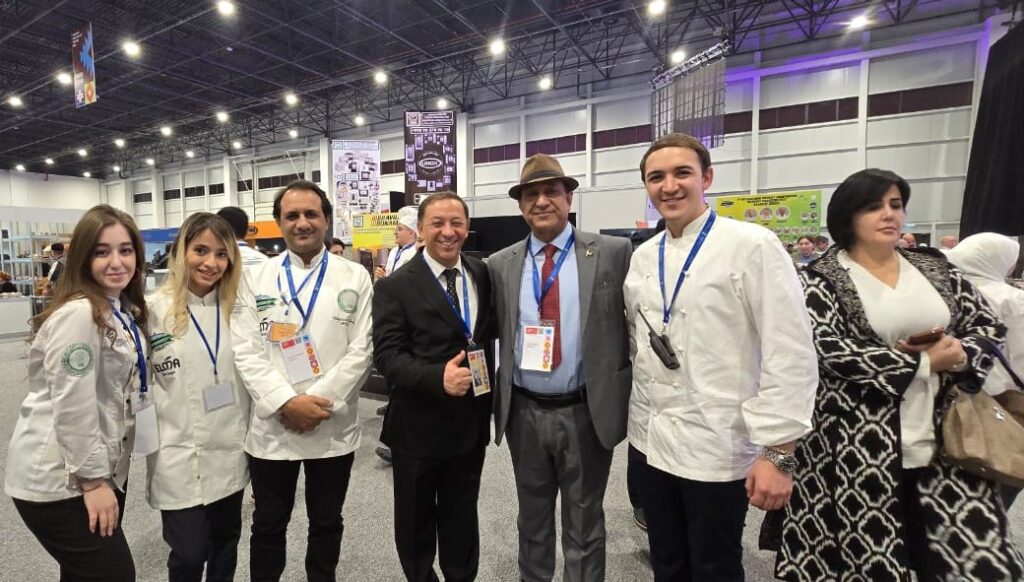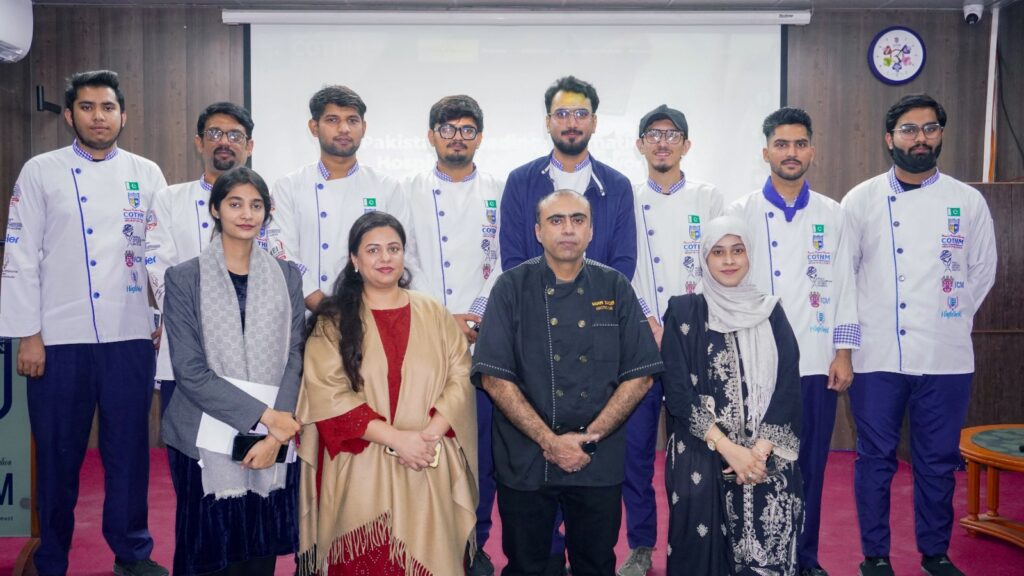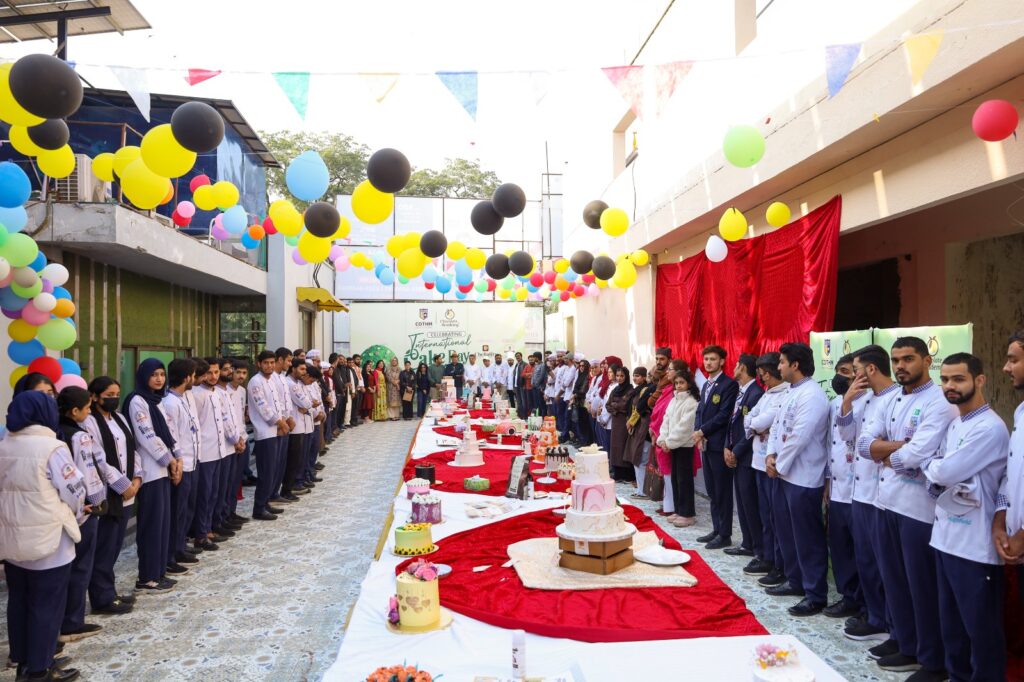The government has approved a major expansion plan for the Lahore Museum, allocating Rs. 8 billion and 7 crores for the construction of a modern double-story building. The landmark project, which will be completed within five years, aims to strengthen the museum’s role as a custodian of Pakistan’s cultural, historical, and artistic heritage.
Founded in 1865 and relocated to its present site on The Mall Road in 1894, the Lahore Museum is one of South Asia’s most prominent cultural institutions. Often referred to as the “Museum of Pakistan,” it houses an extensive collection of artifacts from the Indus Valley Civilization, Gandhara art, Mughal and Sikh periods, and rare manuscripts that chronicle the region’s rich history. The iconic red-brick building itself, designed by Sir Ganga Ram, is considered a masterpiece of Mughal-Gothic architecture.
The expansion project will not only provide additional space to preserve and display artifacts but also enhance visitor facilities, research opportunities, and educational programs. Officials have highlighted that the new building will allow better preservation techniques, digital archives, and modern galleries to present Pakistan’s cultural treasures to both national and international audiences.
The Lahore Museum has long been a center of learning and inspiration for historians, researchers, and art lovers alike. Its planned expansion is seen as a vital step toward promoting cultural diplomacy, tourism, and a deeper appreciation of Pakistan’s diverse heritage.









